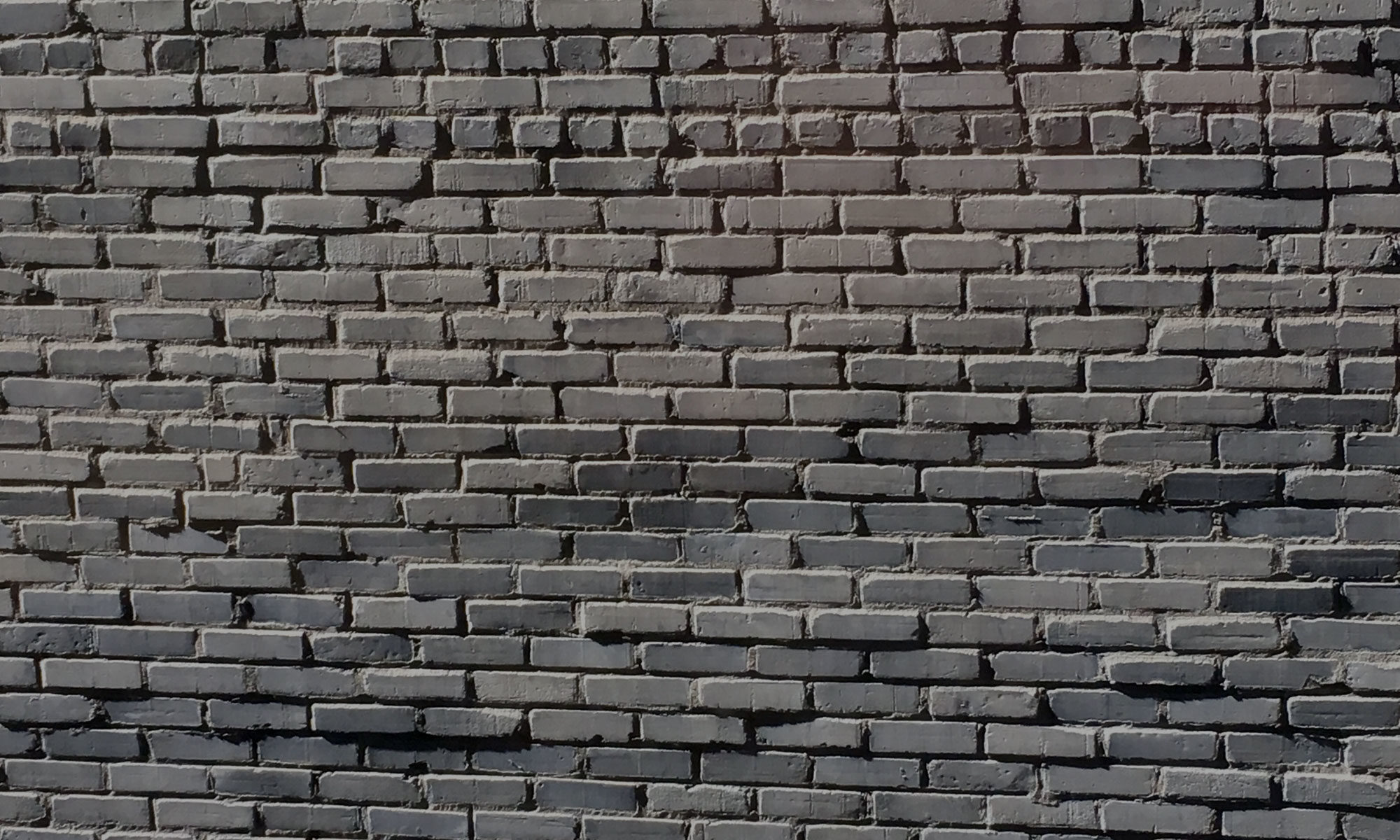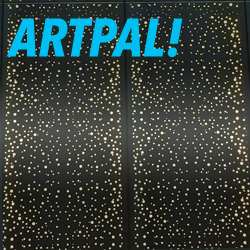The Foshay Tower is a building everyone in Minneapolis seems to love. But why? And if it’s an Art Deco masterpiece, what does that mean?
EPISODE TRANSCRIPT
Hi there! I’m Keith Pille, your art pal.
In this episode, we’re continuing to talk about the architecture of downtown Minneapolis, heading into downtown proper to talk about the city’s most fun skyscraper, the Foshay Tower. It should come right up on any image search for “Foshay Tower,” and it’s pretty prominent in most pictures of downtown Minneapolis- you can’t miss it, it’s the jaunty little toothpick that says “FOSHAY” at the top. The tower’s at 821 Marquette if you want to see it in person, and there are good situational views of it all over downtown. If you check it out in person, know that it also has an open-air observation deck at the top, and being up there is a ton of fun, even if it’s not the most inviting space in the world.
The Foshay Tower was built in 1929, designed by the firm of Magney and Tussler. It was the pet project of a megalomaniacal stock trader named Wilbur Foshay, who had his building finished right as the stock market crashed and he went broke. Whoops. So broke that he bounced a check to John Philip Sousa to cover a special march written for the building’s opening, even!
But Foshay’s loss is the city’s gain, since he left us with a distinctive 447-foot tall building just dripping with character. The Foshay dominated the city’s skyline for 50 years; until the IDS Center was built, there was nothing else even close to its height, and it’s fun to look at old pictures of downtown and see the Foshay poking up above everything else. And it’s a testament to the building’s tapering grace that it doesn’t loom over the skyline in those pictures.
Let me describe the Foshay for you: clad in brownish limestone, it has a square base, originally about a block in width, although that’s been carved away on some sides; and then the main feature of the building is a tall, narrow tower, designed to look like the Washington Monument, but with a stepped pyramid on top instead of an angular one. The building has regular rows of windows that get smaller as they go up, to accommodate the taper of the building, and it has FOSHAY written in giant letters towards the top. Awesomely, the letters light up at night. If you’re going to erect a building as a monument to your megalomania, this is how you do it with fun and class.
I love the Foshay Tower. Everybody loves the Foshay Tower. It’s an irrationally fun building in a way that would make it unbuildable now. Like, think about how much space it takes up on the ground versus how much actual interior space it has- the ratio is ridiculous. In the American Institute of Architects’ guide to the Twin Cities, Larry Millet points out that the differently-sized windows on every floor make it an immense pain in the ass to order drapes for the building. It’s so impractical! But it’s what makes the building so cool. It’s an upscale hotel now, which seems pretty fitting for a building that’s visually all about fun.
For the inevitable style discussion: the Foshay Tower is one of Minneapolis’ best examples of an Art Deco building. Some other good examples of buildings in downtown Minneapolis that are Art Deco or its Streamline Moderne variant would be the Rand Tower at 6th and Marquette, the old National Guard Armory, and the First Avenue music club, although First Ave is less obvious after its modifications. Wells Fargo Center kind of is and isn’t an Art Deco building, and we’ll be spending a whole episode unpacking that pretty soon. Anyway: Art Deco’s a word you hear a lot. But what does it mean?
Art Deco was a design style that became prominent in the early 20th century, roughly between the two world wars. It prizes restrained simplicity and geometry- in the usual style, this often means lots of straight lines with sharp, jagged angles (sometimes the word “zigzag” gets tossed in), or in the Streamline Moderne branch, kind of aerodynamic curves. Art Deco works also often include visual references to ancient Egyptian motifs, since there’d been a wave of Egyptmania in the early 20th century. You definitely see that in the Foshay Tower, since obelisks feature pretty heavily in ancient Egyptian design and the stepped pyramid on top manages to be both zigzaggy and an Art Deco extra credit reference to central American pyramids. Very ambitious.
One thing I always feel compelled to point out about the Foshay Tower: it’s an Art Deco obelisk topped with a Ziggurat. In other words, way more than anything else in Minneapolis, this building is straight out of Ghostbusters. If Gozer the Destroyer ever shows up in our city, there’s absolutely zero question where it’s going to happen.
Thank you for listening to Artpal. You can find us on twitter and Instragram at @artpalpod, and keep an eye out for our newsletter, which should be coming soon. If you liked the show, please spread the word or leave a review at whatever podcasting service you used to find the show. And of course, go on and check out the rest of the season, there’s a lot more art and architecture to talk about.

